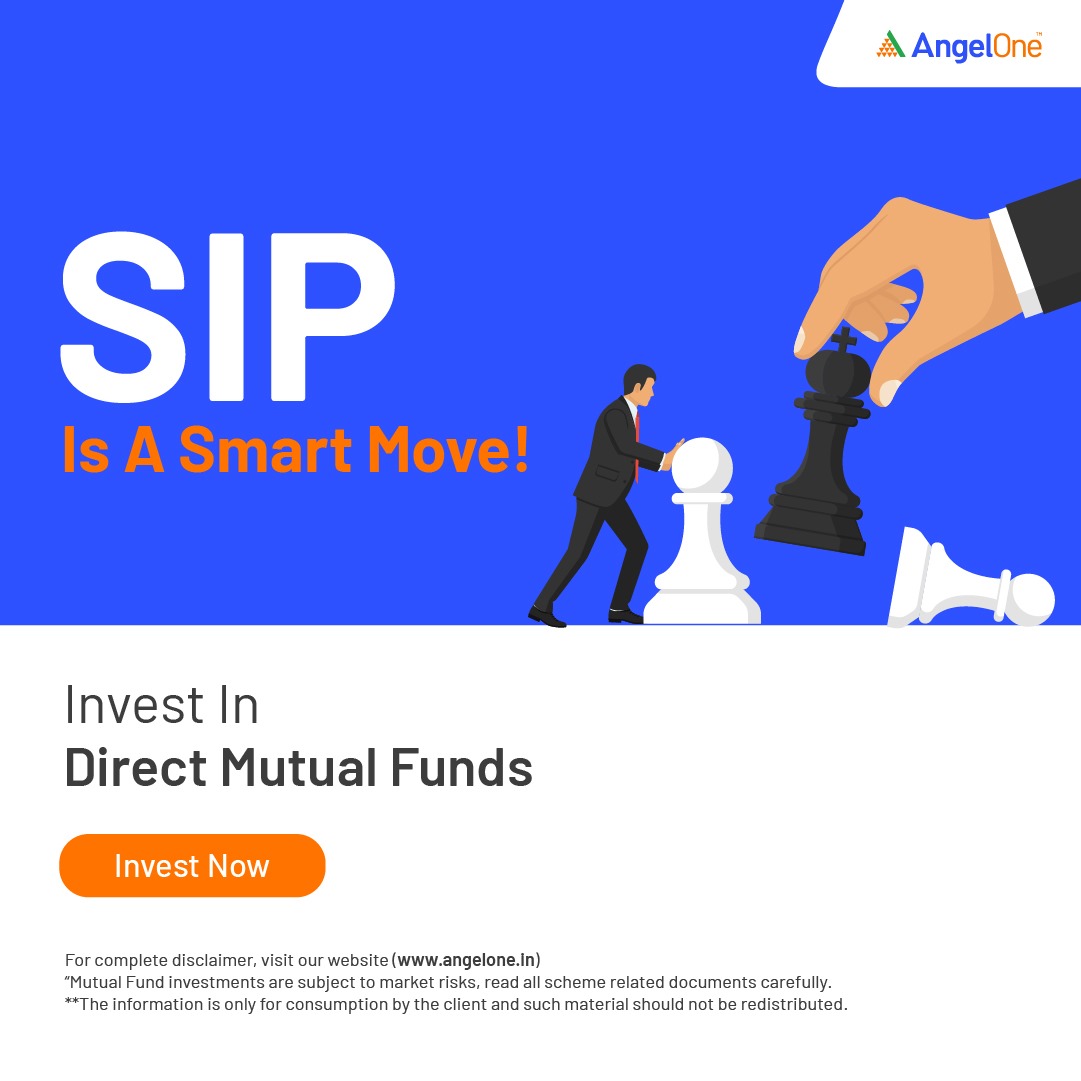ETF investment 101: Learn how to invest in ETFs

2. Pay attention to fees
When investing in ETFs, it’s essential to understand how the fees work. There are two main fees you need to know about:
- Transaction fees (commissions): Just as you might pay a fee when you trade a stock, you might pay a fee when you trade an ETF. However, many brokers, including Robinhood, Schwab, and others, no longer charge transaction fees. Even if a broker charges a transaction fee for stocks, there could be a selection of ETFs that don’t have fees.
- Expense ratios: Like mutual funds, ETFs have expense ratios. However, most ETFs have low ratios — some as low as 0.04%. Look for ETFs that do the job for less, and you’ll keep more of your money.
- TVR INSTITUTION
3. Build a diversified ETF portfolio
ETF investment makes it easy to diversify your portfolio, especially if you rely on asset allocation. Choose ETFs that represent different asset classes. For example, you could build a portfolio that focuses on stock and bond ETFs, using a proportion that works for your timeline and goals.
It’s also possible to gain exposure to alternative assets using commodity, currency, and real estate ETFs. While you may want to limit the alternative asset exposure in your portfolio, it’s still relatively easy and inexpensive to include those assets.
4. Keep adding to your ETF holdings
Remember to continue adding to your holdings. When building a portfolio, consistency is key. Many brokers allow you to set up an automatic investment plan. You can set aside money each week or each month to be divided up as you wish. For example, if you set aside $200 per week, you could have 60% go to your stock ETFs, 30% to your bond ETFs, and 10% to real estate ETFs.
That money is automatically divided among your ETF holdings in accordance with the ratio you prefer. As you build your portfolio, you’ll receive dividends from some of your ETFs. Reinvest those dividends to boost your portfolio further. Over time, this helps you build a substantial nest egg.
5. Learn the difference between ETFs vs. mutual funds
ETFs and mutual funds share similarities, but ETFs are different in some important ways.
- First of all, with a mutual fund investment, you own a portion of each investment in the fund. But when you buy an ETF, you aren’t actually buying a piece of each underlying share. Instead, you’re buying a bundle (called a “creation unit”) that is put together by a financial services company.
- Second, you can trade an ETF just like a stock throughout the trading day. A regular market order suffices to buy and sell ETF shares. Mutual fund transactions, on the other hand, settle at the end of each trading day.
- Finally, with ETF investments, the capital gains and losses are fairly straightforward, and your tax liability is determined when you buy and sell. But with mutual funds, you own the underlying assets and have to pay tax on the trades made within the funds. So, if a fund manager sells an asset in the fund, you may have to pay a hefty short-term capital gains tax at the end of the year.
Related: ETFs vs. mutual funds
6. Learn the difference between ETFs vs stocks:
ETFs and stocks have one very important characteristic in common: both trade on major stock exchanges, so you can buy and sell whenever the exchange is open. Just like stocks, ETFs have their own ticket symbols so you can track their performance.
The major difference between the two is that when you purchase a stock, you’re buying ownership in a single company. When you buy shares in an ETF, you’re purchasing many underlying assets.
While trading individual stocks is often the focus when people mention investing, the reality is that you could have better luck if you use exchange-traded funds (ETFs) as part of your investing strategy. When you invest in an ETF, you get the benefit of instant diversification in an easy-to-trade package. Depending on your situation, an ETF investment can be an excellent way to build a portfolio that’s relatively easy to manage.
Here’s what you need to know about how ETFs work, as well as how they can fit into your long-term investing plan.
What is an ETF?
An exchange-traded fund is a type of investment fund that trades like a stock. You can buy and sell ETFs on the same exchanges as shares of stock, most commonly the New York Stock Exchange and Nasdaq.
- Like mutual funds, a single purchase can give you access to diverse underlying assets. With an S&P 500 index ETF, for example, buying a single share gives you exposure to 500 stocks at once. That makes ETFs great for new investors who don’t have the assets to build a diverse portfolio on their own.
- Each ETF has a name and ticker symbol. Using that ticker, you can trade during market hours. The biggest and oldest ETF is the SPDR S&P 500 from State Street Global Advisors. Also called the “Spider” — or by its ticker, SPY — it holds a massive $300 billion in assets.
- All ETFs together hold almost $6.2 trillion. That compares to $21.3 trillion held in mutual funds.
As exchange-traded vehicles, ETFs offer the opportunity to use stop orders. They can also be bought on margin and offer other trading characteristics of individual stocks. Transaction fees are generally low at most discount brokers. And many brokers even offer free trades.
ETFs generally have to disclose their underlying holdings on a daily basis. This is part of the reason there are far more index ETFs than those that are actively managed.
How to invest in an ETF
While they are not as big as mutual funds, ETFs may be a better choice for many investors due to their low cost, high liquidity, and their relative performance compared to actively managed funds. That could translate to a higher retirement account balance down the road.
Here’s how to buy ETFs and how to use them in your portfolio:
1. Open a brokerage account
An ETF investment is fairly straightforward. You can invest in ETFs through just about any broker because they have ticker symbols and are traded like stocks on the exchange. Open a brokerage account, either with a robo advisor or with a broker account like Public.com. Once you’ve done that, you can invest in ETFs.
Many robo-advisors use ETFs to construct portfolios. Additionally, you can purchase ETFs through most brokers, including Ally Invest and E*TRADE.
Here’s a quick comparison between the three:

